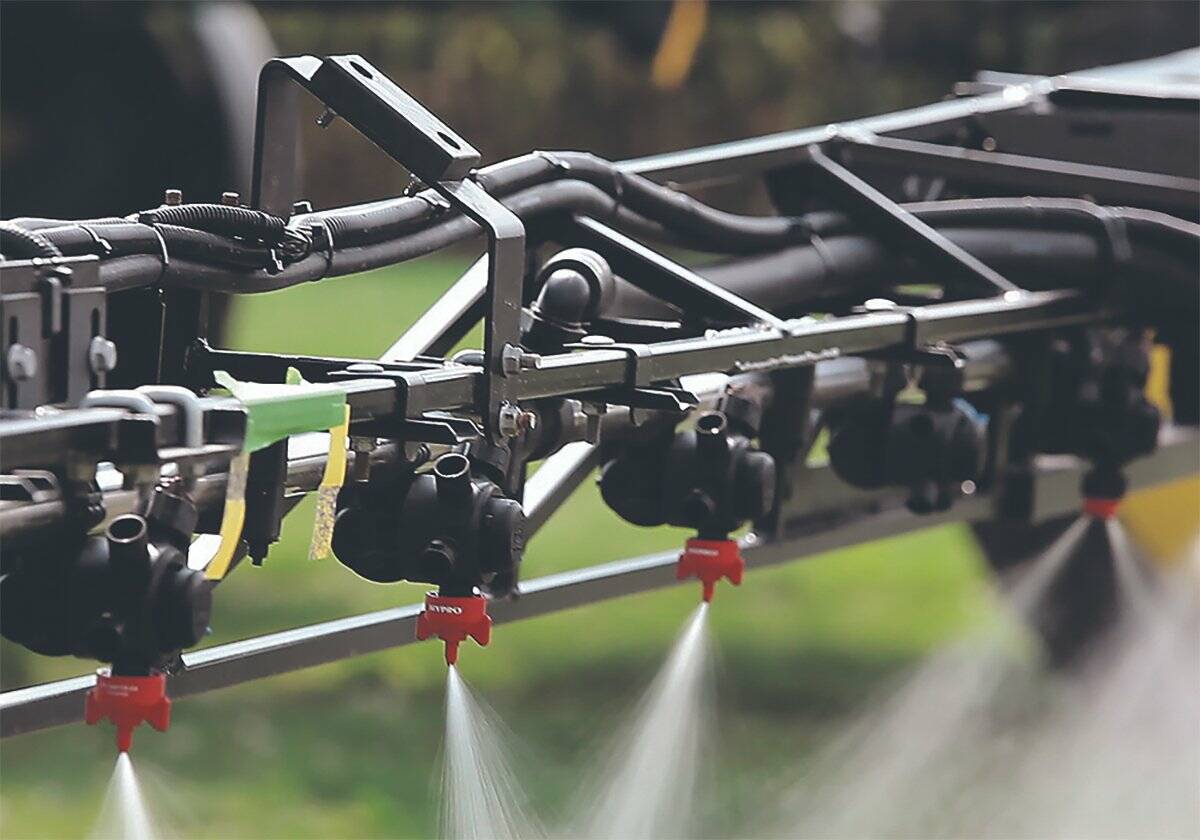If you want to hire temporary foreign workers for your agricultural operation, get ready to do some serious paperwork.
The “most challenging component” of the program is something called a labour market impact assessment, immigration consultant Martine Varekamp-Bos said at the recent Ag Labour Summit.
The intent of the program, managed by Service Canada, is straightforward enough.
“They want to make sure you’ve truly tried to find that Canadian or permanent resident first before you’re going to reach out to a foreign worker,” said Varekamp-Bos, who operates Immigration Care in Lacombe.
Read Also

Getting industries on the same page
New app which southern Alberta farmer helped design helps those in the pollination industry navigate work schedules and chemical safety
But the devil is in the detail, and there’s lots of those.
- More on the Alberta Farmer: A Liberal ‘fix’ for temporary foreign worker program may be elusive
Take, for example, wages. Service Canada has a median hourly wage for each province, which in Alberta’s case is $25 an hour. If you pay more than that, you have to have a plan for either finding a Canadian worker or training a Canadian to do the job of the skilled worker you’ve brought in. But even if you pay less than that, you can run into trouble.
“I really want to warn employers about giving raises,” said Varekamp-Bos. “A Service Canada officer might say, ‘You advertised the job for $18 and you’re now paying him $24, and if you had advertised that job at $24 an hour, maybe a suitable Canadian would have applied.’
“I suggest that, when you advertise that job, you actually include the wage range that would include the possible raise you have in mind.”
The rules around recruitment is another big challenge, and not meeting those requirements is usually the reason applications are refused, she said.
Service Canada rules spell out the minimum you must do in your recruitment effort.
“But just meeting the minimum requirements is setting yourself up for failure,” said Varekamp-Bos. “I suggest you do more. Over-the-top advertising is my suggestion.”
The minimum includes advertising on the Government of Canada’s Job Bank, which can be “cumbersome,” and two other places, one of which must be national.
“Craigslist or Kijiji are not considered national in scope because you actually have to select a region for your job search,” she said. “What Service Canada wants you to have in the site that you’re using is something like Monster or Workopolis, where you put in the occupation and all the positions show up, not just the ones in Alberta.”
And don’t just dash off a help-wanted ad. There are “very, very specific” rules on what must be in an ad, including job duties, terms of employment, wage, benefits, and skill requirements.
Ads need to be posted for at least two weeks, but again, it’s better to do more to show you are “committed to hiring a Canadian,” she said.
Also keep screenshots and copies of each ad from the start, middle and end of the advertising period.
And with “variations and exceptions” for each sector, even Service Canada officials can get confused and request something not applicable to your application, said Varekamp-Bos.
“You really need to know what you’re getting yourself into before you start on this.”














